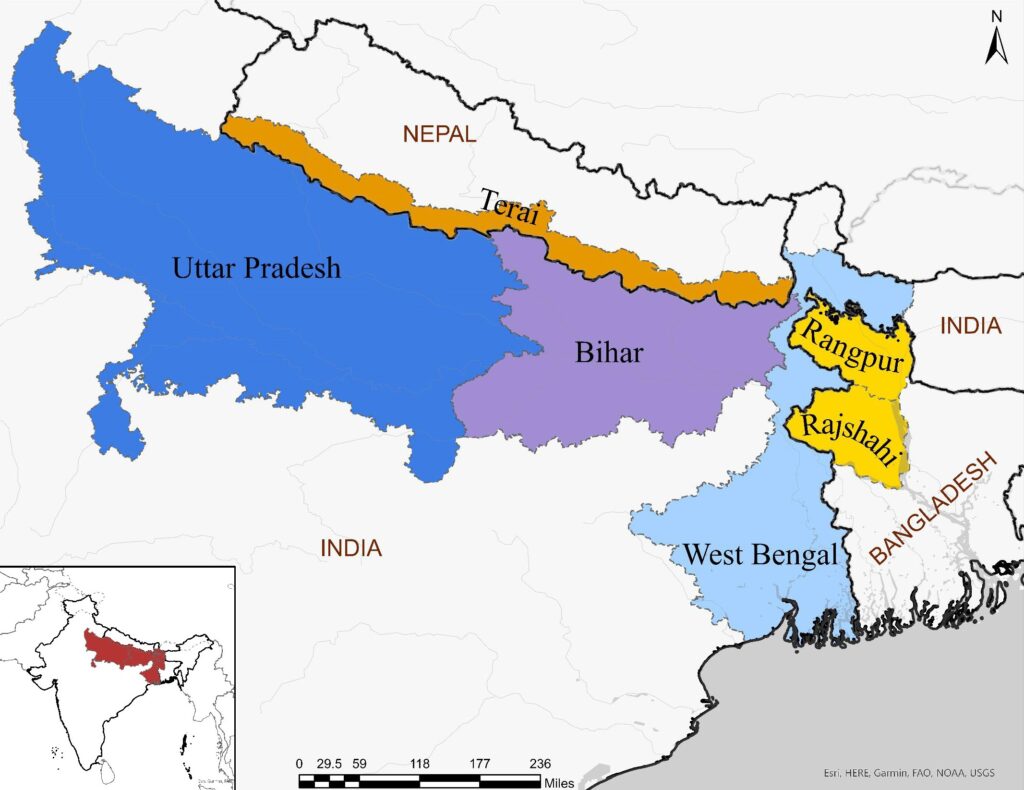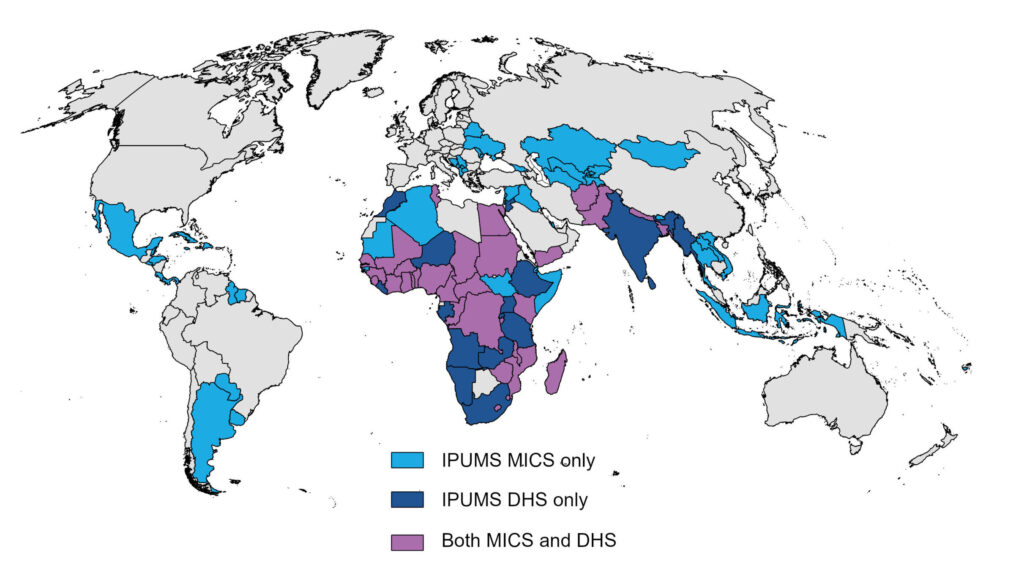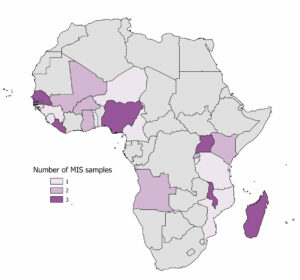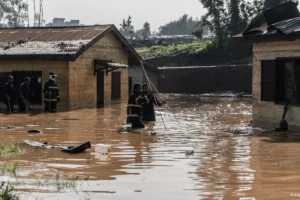By Miriam King
After funding for USAID and the Demographic and Health Surveys (DHS) was eliminated in February 2025, new researchers could no longer apply online for access to DHS data, and existing DHS users could not gain access to additional countries’ data. This restriction affected would-be users of both the original DHS public use files and the integrated version of DHS data through IPUMS DHS. Fortunately, The DHS Program just announced, “We are now open for new registrations.”
 According to The DHS Program website, a three-year grant from the Gates Foundation is supporting the dhsprogram.com website and data archive, where researchers apply for access and can download the original public use files. Once a researcher is approved for DHS data access, they can log in to the IPUMS DHS website, create a customized dataset with the samples and harmonized variables they need, and download that file for analysis on their computer. Anyone can use the IPUMS DHS website to learn about the data, including documentation about the consistently coded variables and the availability of variables by sample, to plan a research project; they need to log in only if they would like to create and download a customized data file.
According to The DHS Program website, a three-year grant from the Gates Foundation is supporting the dhsprogram.com website and data archive, where researchers apply for access and can download the original public use files. Once a researcher is approved for DHS data access, they can log in to the IPUMS DHS website, create a customized dataset with the samples and harmonized variables they need, and download that file for analysis on their computer. Anyone can use the IPUMS DHS website to learn about the data, including documentation about the consistently coded variables and the availability of variables by sample, to plan a research project; they need to log in only if they would like to create and download a customized data file.
The grant funding will also support other useful elements of The DHS Program website: StatCompiler (for summary statistics by sample), the DHS Program API, and the Spatial Data Repository (for maps and shapefiles).




 In October 2023, the
In October 2023, the